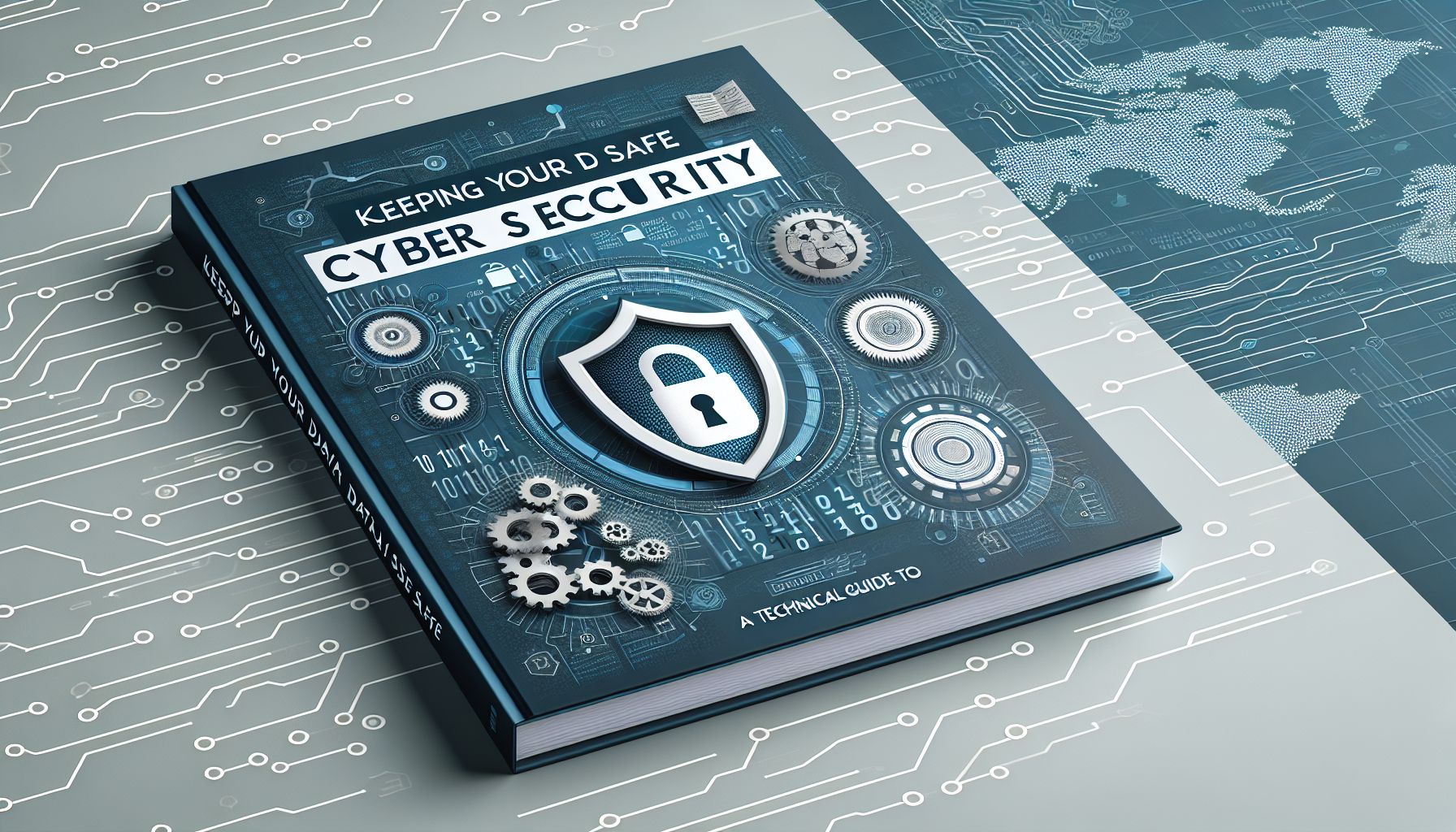Hey there, techies! If you’re reading this post, chances are you’re already familiar with the importance of cyber security. In today’s increasingly digital world, protecting your data from cyber threats is more important than ever. Whether you’re a seasoned IT professional or just starting out in the tech industry, staying up-to-date on the latest cyber security trends and best practices is key to keeping your information safe.
So, let’s dive into some key concepts and strategies for maintaining top-notch cyber security in your technical environment.
Understanding the Threat Landscape
First and foremost, it’s crucial to have a solid understanding of the current cyber threat landscape. Cyber attacks are becoming more sophisticated and prevalent, with hackers constantly adapting their tactics to exploit vulnerabilities in systems and networks. Common threats include malware, phishing attacks, ransomware, and DDoS attacks, just to name a few.
To stay ahead of these threats, it’s important to stay informed about the latest trends and vulnerabilities in the cyber security world. This means keeping tabs on industry news, attending conferences and workshops, and engaging with other professionals in the field. By staying informed and proactive, you can better protect your data and systems from potential attacks.
Implementing Strong Security Measures
Now that you’re familiar with the threats, it’s time to take action. Implementing strong security measures is essential for safeguarding your data and systems from cyber attacks. A few key best practices include:
- Regularly updating software and firmware to patch vulnerabilities
- Utilizing strong passwords and implementing multi-factor authentication
- Encrypting sensitive data both at rest and in transit
- Restricting access to sensitive systems and data on a need-to-know basis
- Conducting regular security audits and penetration testing to identify weaknesses
By following these best practices and implementing strong security measures, you can significantly reduce your risk of falling victim to a cyber attack.
Adopting a Proactive Mindset
In addition to implementing strong security measures, it’s important to adopt a proactive mindset when it comes to cyber security. This means staying vigilant and continuously monitoring your systems for any signs of suspicious activity. Implementing intrusion detection and prevention systems can help you to quickly identify and respond to potential threats before they escalate.
It’s also important to have a response plan in place in case of a security breach. This includes having a team dedicated to incident response, as well as clear procedures for containing and mitigating the damage caused by a cyber attack.
The Role of End Users
Last but not least, it’s important to remember that end users play a crucial role in maintaining cyber security. Educating your employees and colleagues about the importance of security best practices can go a long way in preventing potential security incidents. This includes training them on how to spot phishing emails, avoid clicking on suspicious links, and report any suspicious activity to the IT team.
Remember, cyber security is a team effort, and everyone has a role to play in keeping your data safe.
Conclusion
In conclusion, cyber security is an ever-evolving field that requires constant vigilance and proactivity. By staying informed about the latest threats, implementing strong security measures, adopting a proactive mindset, and involving end users in the process, you can better protect your data and systems from cyber attacks.
So, keep your guard up, stay informed, and always be one step ahead of the hackers. Your data will thank you for it!
